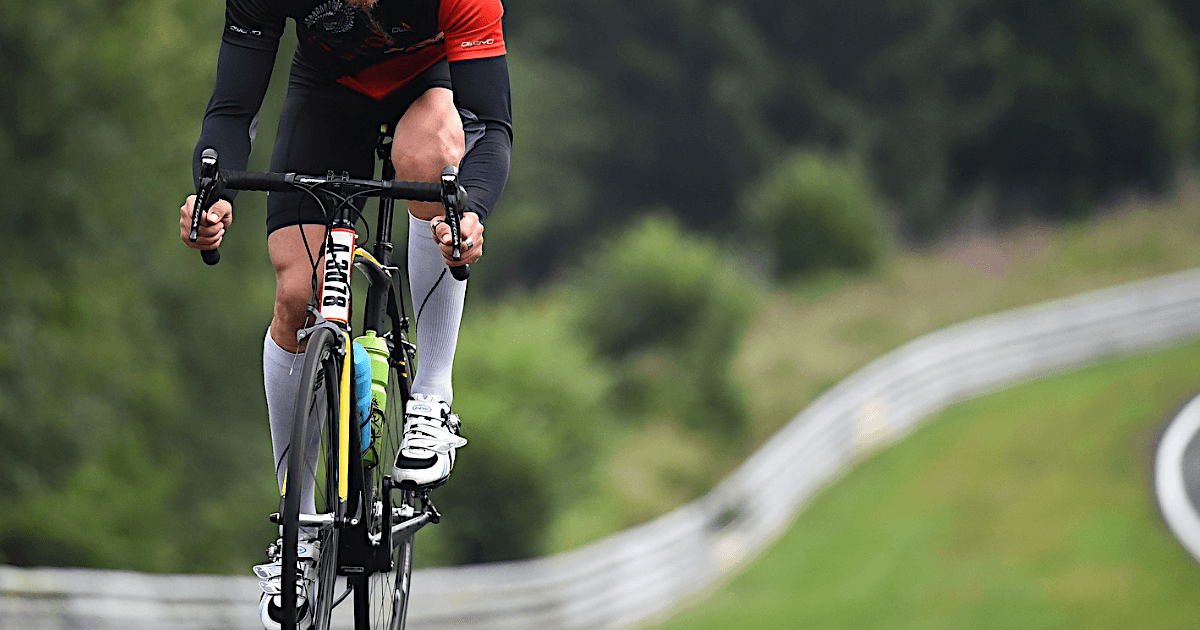There is definitely a difference between grades.
What grade of road bike do you think of when we say “grade of road bike”?
From a beginner’s point of view, even $1,000 is a big purchase, but for intermediate-level riders and above, a $1,000 road bike is an entry-level model, and some may want at least a $2,000 road bike, and preferably a $3,000 road bike. On the other hand, some professional road bikes for racing are models that cost over $10,000.
If you ask if there is a difference between these models, of course there is.
However, it is not the case that a beginner can ride a $10,000 road bike and be able to ride at an intermediate level or higher. Similarly, an intermediate rider who buys a $3,000 road bike is unlikely to be able to compete with a pro on a beginner entry-level model.
Road bikes are human-powered vehicles, so no matter how high the grade of road bike you ride, it will not be enough to overcome the difference in power.
The performance of a road bike is generally referred to as “the ability to ride fast over long distances”. In other words, there are “distance” and “time” axes.
However, these two points have different indicators for beginners, intermediate, and advanced riders.
Differences in distance and time metrics
From a beginner’s point of view, the first point is to be able to run fast for about 20-30 km, while intermediate and advanced runners usually run 100 km or more. There is simply a three-fold difference in the index values.
In terms of time, beginners are said to be able to run at a stable speed of about 25 km/h, while intermediate and advanced run at a stable speed of 30 to 35 km/h. In other words, they can run at a speed of 1.5 to 2.5 km/h. In other words, the speed is about 1.5 times higher.
From these two perspectives, the numerical scale is about 5 times different between beginner and intermediate. In other words, the benefits received from upgrading are also felt five times differently.
The numbers show the different effects for different runners.
Let’s look at this in simple numbers.
Suppose that beginner rider A and intermediate rider B measure their times on a $1000 beginner road bike and a $3000 intermediate road bike, respectively. Let’s say that they both lost 3 seconds per kilometer by switching from their $1000 beginner road bikes to their $3000 road bikes.
At this point, the range of reduction in time to reach the goal for beginner A and intermediate B is as follows.
Beginner A may feel that there is not much difference even though he paid a lot of money for a higher grade road bike, since he only lost 1 minute on a 20 km ride.
However, for intermediate rider B, who runs 100 km, the time difference is as much as 5 minutes. It is said that intermediate riders can reach an average speed of about 30km/h, so if they were racing against someone else, the difference would be 250m. If you think about it in terms of a race, that is quite a difference. From an intermediate’s point of view, a 3-second reduction per kilometer makes a very big difference.
The shortest way to upgrade a road bike is to upgrade gradually.
Thus, since road bikes depend on the running ability of the passenger, the best way is to upgrade gradually according to one’s running ability.
It may also be rewarding to consider upgrading with a set of goals, such as “If I finish in the top 10 in a race, I will move on to the next road bike,” or “If my total mileage reaches 5,000 km, I will buy a one-rank higher road bike.
In any case, road biking is not like the world of automobiles, where even amateurs can easily reach speeds of 180 km/h after buying an expensive sports car. No matter how great the road bike is, it is meaningless if the passenger’s riding ability is not able to take advantage of it.
